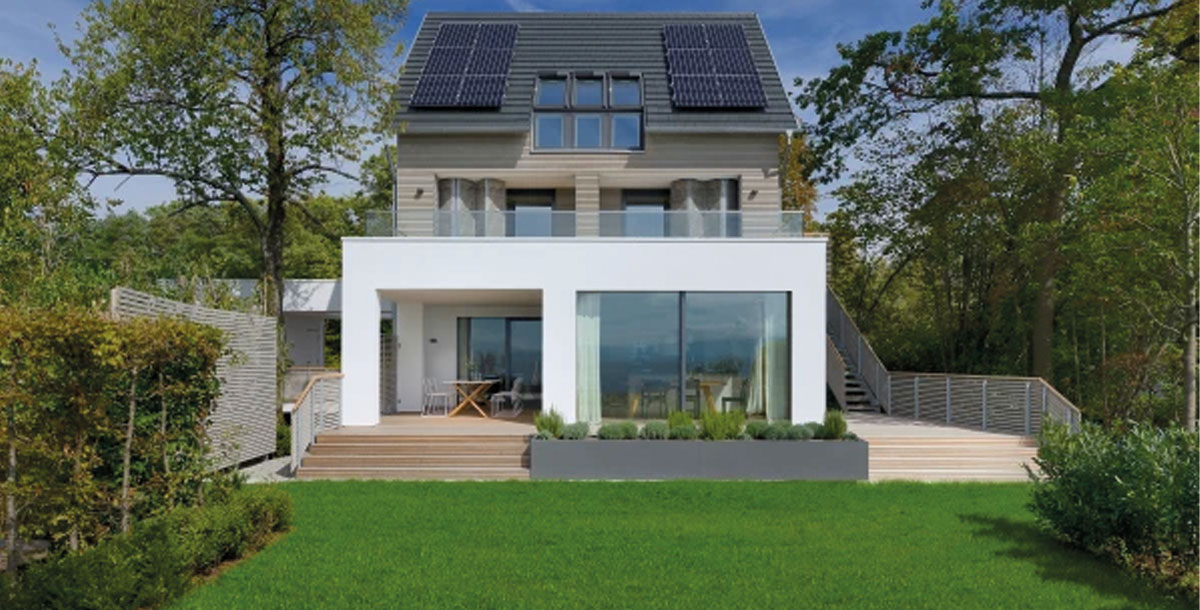Kevin McCloud on how our homes give us the chance to reflect
Our editor-at-large ponders how our homes can give us a chance to have new experiences
If you enjoy birdwatching you will know that the most fruitful places to look are the margins. In the forest it is the clearings; on a lake, most of the activity is happening by the banks in the long grass; in a field, the hedgerows are where our feathered friends nest.
The creases in our countryside are where wildlife flourishes because it’s in these places that it has most options. A deer can run for its life across a field or choose to dart into the woodland for camouflage, just as a robin can flit between cover in the long grass, fruit on the bushes and a solo performance on a tree branch.
Options are good. But options bring with them ambiguity and a lack of clarity – a shadowyness that human beings don’t like to incorporate into their schemes.
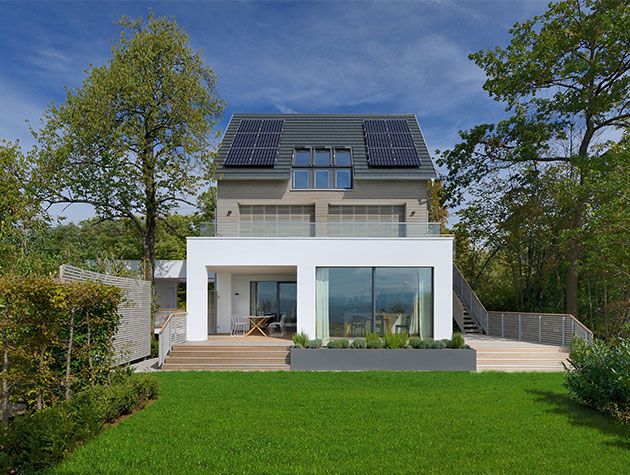
Photo: Baufritz
Town planners and developers like to shine a bright light upon every detail of every project and leave little to chance. Heaven forbid that residents of a housing estate should be allowed to reinvent the use of a bit of public space – turn a roundabout into a garden, maybe, or collectively buy a bit of woodland for community recreation.
On a project once, I was told off for (despite installing swings, water rills and playspace) not providing the kids with a rectangle of tarmac. That and a piece of chalk offer any child the chance to reinvent space in a jiffy, from marble run to hopscotch.
Although those in charge may not be comfortable planning for ambiguity, the rest of us, in fact, love it. Options allow space for the imagination to roam. The creases in our built environment – the forgotten corners, quiet places and bits of shadowy greenery, for example – are where we can flourish like animals and make our mark.
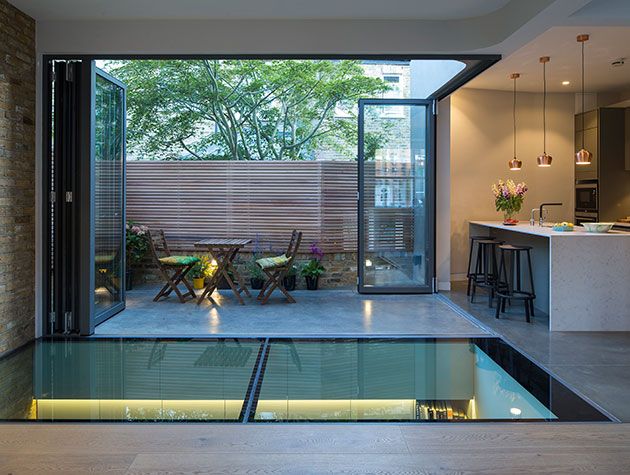
Photo: Charles Hosea
Anthropologists would call them liminal spaces, places where we can step out of the formality of existence. This 19th century word ‘liminal’ was much used by Arnold Van Gennep in his 1909 work, Les rites de passage. Van Gennep described rites of passage, such as coming-of- age rituals and marriage (and for followers of The Crown, coronation) as consisting of three parts: separation, a liminal period and reassimilation.
So, a passing from one state to another with a third space in between where we can reassess our own identity and be open to new experiences. If we’re really clever, our streets and our homes can provide us with the same opportunities. Perhaps not for weekly rites of passage, but for reflection, new experiences and new ways of thinking and behaving.
Architecture can, amazingly, open up these new freedoms in all kinds of ways. According to Charles Shure, a leading thinker on liminality, the ambiguous boundaries of our lives – the margins – are where we can find the greatest ‘mobility, or freedom of movement, that comes with liminality.
By freedom of movement I mean the freedom to move back and forth between states and areas.’ For him, the definition of the liminal is the ‘betwixt and between’.
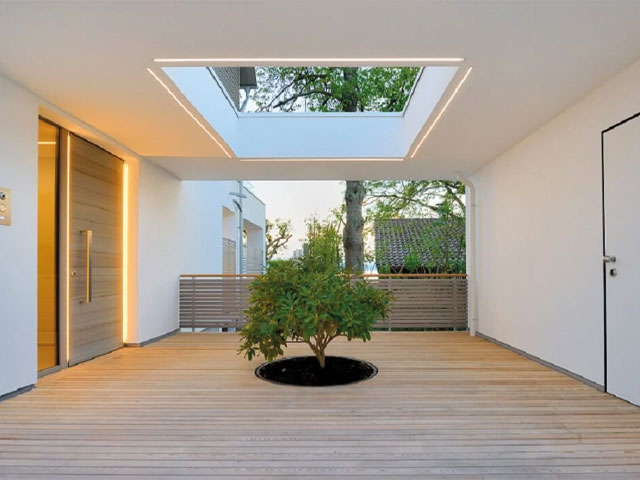
Photo: Baufritz
I’m aware that I may have not yet awakened your interest in the liminal. So let me give you a few key examples of it working. First, the story of Micah Jones, an architect in Northern Ireland (and a contributor in our 2017 TV series) who, as a student at Belfast Art School, decided the key to solving both his own housing problem and an under-occupancy at the school was to move into a broom cupboard and live there, which he did successfully for several weeks.
Needless to say, his ill-advised blog incurred the eventual wrath of the authorities. Although all the architecture lecturers were right behind him. How’s that for marginal existence? Micah ticks all the boxes.
Or the Purkinje shift, that liminal, magical short period in the evenings at dusk when the colour seems to drain from the world and we begin to see only in monochrome as our eyes’ colour sensors start to fail and the shadows spring to life. This is a liminal moment to be found in every day, especially in buildings.
You may be yourself in ownership of the greatest liminal device of this century – a set of bifold doors. When they are open, you will have experienced the strangely ambiguous sensation of being both inside and out, of standing in a broad ribbon of space that extends indoors perhaps two metres or so, and maybe a metre outside, where you are free to move, as La Shure puts it, back and forth between states and areas to enjoy the novelty of feeling betwixt and between. We should now call them Liminal Doors.
But my favourite example is one I dearly yearn for and one the American dream has got right: a stoop. My heart does not particularly leap for bifolds, but I one day want to be able to sit on a wide, covered porch in the open air, the dry and the rain all at the same time. Half in, half out, and yet neither.
Open and protected, in my liminal chair in the ambiguous crease, attempting to catch the fleeting thrill of being unanchored and free for a moment. As La Shure says, ‘liminality… is hard to pin down. It is evanescent, like a wisp of smoke in the wind… a temporary state very hard to grasp at times.’
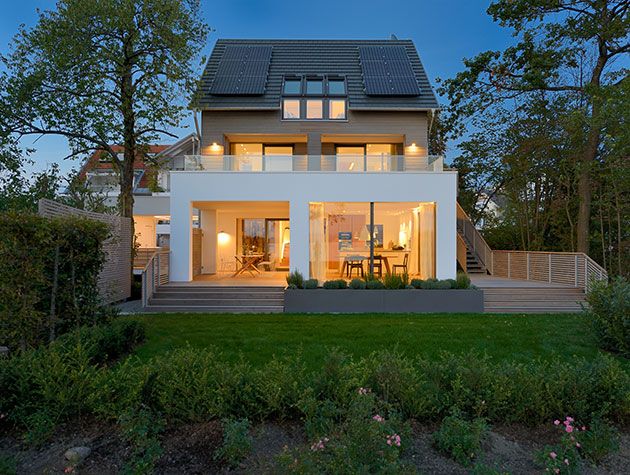
Photo: Baufritz

